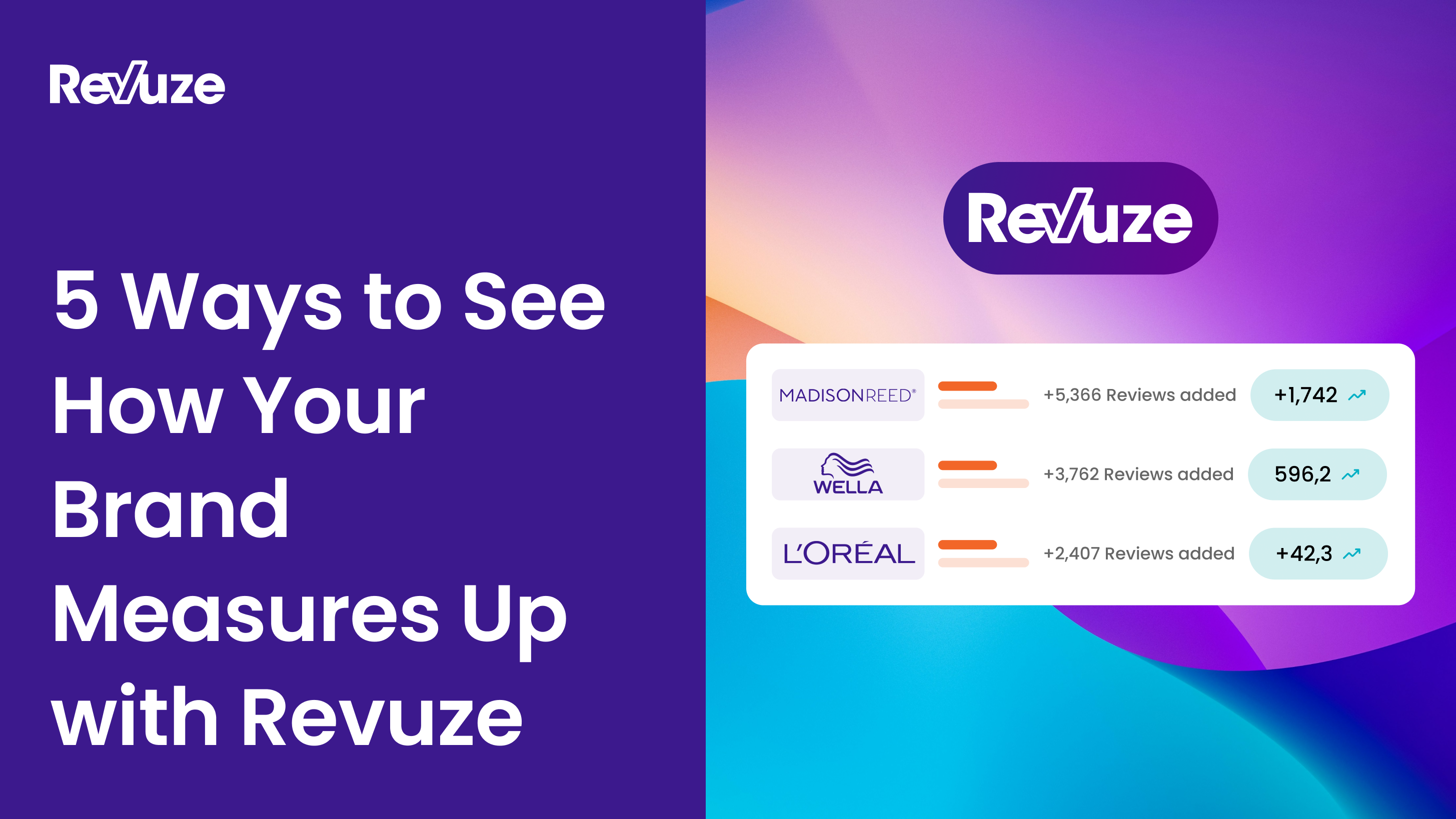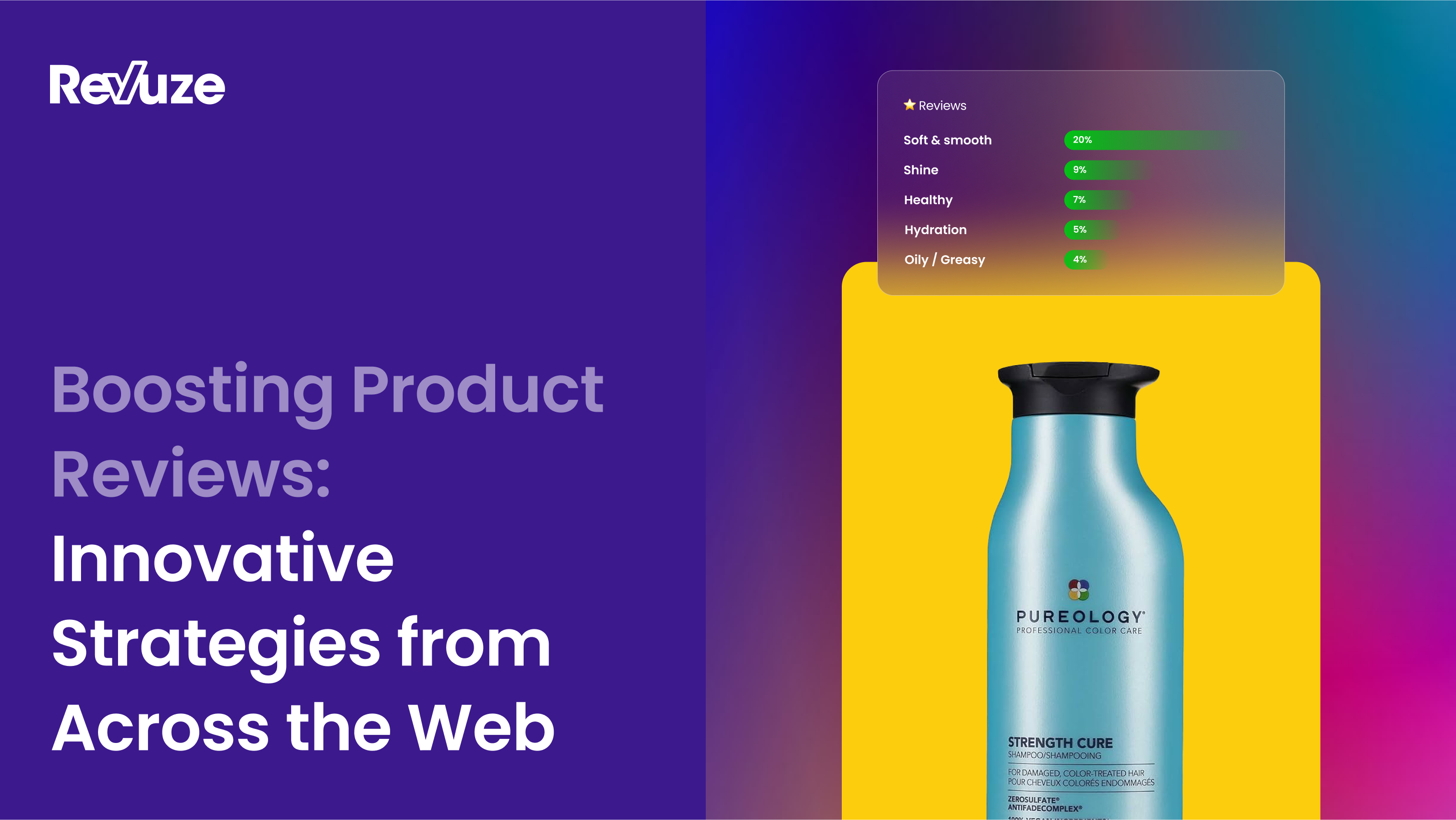
When it comes to improving your products and developing the strategy by which you intend to market them, nothing is more important than knowing what works and what doesn’t. In business, very few stakeholders will want to take a step forward unless there is a decent chance of return on investment.
Unfortunately, we live in a world where changing expectations and shifting culture means that it isn’t always clear cut what will be successful and what won’t. That’s where product insights based on market research can help.
What Is Product Strategy?
Product strategy is a plan encompassing everything that you want to achieve with a specific product, what steps you intend to take to see that through and how that strategy links to the overall goals of your business.

There are a number of elements to a product strategy, starting from the very beginning with the drawing board and finishing up with where you want the product to sit in the market. Each step posits certain questions that you need to ask yourself before moving forward:
Design: What do you intend to sell? How will your design attract consumers? Will your design stand out amongst the market or will it conform to the accepted norm?
Features: What will your product do? How will that set it apart from others in the same market? Are you going to combine multiple features into one item?
Quality: What will your product’s quality be? Are you intending to create disposable or multiple use items? Your product’s quality should match those already within the market at the least, and exceed if you intend them to be reusable.
Branding: Will you market your product as part of an existing line? WIll it be standalone? Brands have reputation and power, something that will help a lot when you’re starting out.
Target Market/Demographic(s): Who do you intend to sell to? Do you have a niche audience or is this new product something anyone would buy? You can charge more for specialized products that few will buy, but there will be fewer sales overall.
Positioning: Where do you plan to position this product in the market? Is it intended to replace the current frontrunners? Is it going to be an affordable alternative?
All these questions are easy enough to answer from your own perspective, but you need to remember that you and your team aren’t necessarily going to be representative of your customer base as a whole.
If you’re going to answer these questions for consumers in general, you’ll need information on what they want and what you can give them – product insights.
[banner_text text=”Research insights on any product” button_text=”Get started” button_link=”https://sentimate.com/signup/”]
What Are Product Insights?
Product insights are a peek into the consumers’ minds when they’re using a product. Put simply, it’s a broad term that covers any and all information you might have that describes a user’s experiences related to a product and the analysis of those. You can split product insights into two types:
Qualitative Insights
Qualitative insights are factors that you might call arbitrary or without a scale. This type of insight is usually found in the more expansive surveys and reviews that users and buyers leave behind on products. Don’t be fooled into thinking that these types of insight aren’t useful because they can’t be measured, they can give you details that mere numbers never could.
As an example, someone stating that they didn’t like your product falls under quantitative insights as it’s a simple yes or no answer. If they state why they didn’t like it, that falls under the qualitative insights umbrella.
Quantitative Insights
This type covers anything that you can statistically measure. It can potentially come from pre-existing data, for instance customer retention rates, ratio of online to in-store purchases, etc.
The trouble is, most of the data that already exists isn’t set in a vacuum. You can say that the sales of a certain item went up at a certain time that coincides with a holiday season, however there are likely multiple factors at work that could influence the shift in sales. Breaking the data down by demographics, location etc. will help but not entirely eliminate this problem, and often product insight teams will find themselves trying to set up surveys to fulfill specific niche questions their existing data doesn’t cover.
In the end, finding quantitative data that’s absolutely controlled isn’t necessary though, as the accuracy in your predictions you get has diminishing returns. There’s a certain point where you call it a day, and it’s up to you to decide where that line lies.
The Value of Data
Product insights come from your consumer base. They’re the ones using your product after all, and will have far more insight into how it functions and where its strengths and weaknesses lie than anyone who looks at it through an analytical lens. Post-It notes were originally created to be bookmarks for example, but found much more success in their main function today as reminder notes.
When it comes to data sources, there are plenty of them out there to pick from. Which ones you put the most weight on will depend entirely on your industry, business model etc. but they’re all generally useful to some extent. Some of the more popular ones include:
- Reviews
- Questionnaires
- Point of Sales Figures
- Mobile/Website Data Tracking
- Video Cameras/People Counters
What Do You Get Out of Product Insights?
Analyzing product data isn’t easy, but there are software packages out there that can help you. Most of the more commonly used ones contain several key metrics that you can look at in order to determine what you data is telling you, including:
- Customer Sentiment
- SWOT Analysis
- Retention Rates
- Referral Rates
- Revenue Trends
- Competitive Landscaping
- Consumer Decision Factors
These metrics are designed to be easy to understand and therefore easy to implement – most reports will tell you their key points at a glance after all!
You need to keep in mind though, that the more specific the issue the more you’ll need to delve into the data. Be selective about what data goes in and you’ll get a more specific answer out, though that will require some understanding of the data you’ve collected.
North Star Metric: Your Defining Vision
The term “north star metric” is one that’s linked heavily to the success or failure of a particular product strategy. The term comes from an old sailing practice, where one would “follow the north star” to find which direction is north at night since the star in question didn’t move relative to the Earth’s rotation.
Essentially, it is the key metric by which you define how successful you’ve been and whether or not you’ve hit your targets and solved the base customer problem that your product team was attempting to solve. You can use the term to reinforce what you’re doing as the campaign goes on, aiming your sights directly at the metric you’ve decided to target.
A good north star metric contains both the problem you’re attempting to solve and the desired outcome. An example metric might be:
“To raise the quality of our product’s manufacturing so that they don’t break as often”.
In this case, the product breaking is the problem and the quality being raised is the vision of what you want to achieve. The key measurable metric in this case would be the number of customers reporting broken products, with a decrease in the proportion being considered a success.
Combining Product Insights With Product Strategy
As mentioned above, a product strategy is set out by defining several characteristics that you want your product to have, based on questions that you ask yourself about the market, your consumer base and the product itself. Let’s break this down and see how product insights can help you when you’re generating a product strategy.
Design
When you look at the information on design preferences, you might find complaints or reviews that indicate flaws in existing designs that you can take advantage of. This could be in the early stages when you’re analyzing what exists already in the market, or later in testing when your product has been designed.
Some folk might be adverse to making changes when the development process is part way through and manufacturing has already taken place, but you shouldn’t hesitate if major issues crop up. A design modification early on in the process is less costly than one further on or your product, or if it fails.
Features
When you’re deciding what features to put on a product, oftentimes you’ll end up with more than it can support in the beginning as every suggestion is noted. Using product insights, you can narrow down that list to a more feasible one.
Product insights will tell you which features are the most sought after, which are seen to work well together and what features can be safely dropped without complaints from customers.
Quality
What you want your quality to be depends mostly on what market you’re going into, and product insights can tell you a lot about that space. An example of high quality products bringing success were the Dualshock game controllers initially released in the early 2000’s, which overtook all others to become the standard in the industry.
Branding
Insights can tell you how likely consumers are to go for branded products vs generic, and which brands they prefer. It isn’t really that useful when you’re pre product launch, but can help afterwards.
Information on how customers are responding to your branding choices can also help you decide when and how to change it with a rebrand or a brand refresh, if the need ever arises.
Target Market/Demographic(s)
This one is fairly self explanatory. By checking the information available you can see how well your target markets/demographics might view your product, what they want out of it and what they expect to find.
Of course, you shouldn’t simply limit yourself to one choice if multiple of them seem promising, but in general if you do this you might need to create a personalized marketing campaign for each in order to effectively promote your product.
Positioning
This one is trickier. While you can have ideas about how your product might fare by looking at existing ones in the market that are similar, you’ll never really know where you stand until you launch.
What product insights can tell you on this front is the minimum requirements to both enter the market, and be a market leader. Using these, you can have a vague idea of where you will end up based on your current features, branding, quality etc. and plan accordingly.
Aims of a Data-Driven Product Strategy
At the end of the day, you use product insights with the intention of making your product strategy more successful. Your north star metric will measure how much you’ve achieved this but at the end of the day there are two main things that drive purchasing, and therefore determine the success of your product.
Customer Wants
How closely have you matched what consumers seemed to ask for? Was it even possible to match their desires whilst retaining a decently low price tag? It’s important to remember, however, that some of these desires are going to conflict and that you can’t please everyone.
If customers do end up having radically different desires, you can always branch out and create specialized products after the general version has been released, but your primary focus should be on creating a good all-round product.
Customer Needs
While it might seem arrogant to assume that you know better than your customers what they need, taking a look at the underlying issues that cause their requests can definitely pay off. People are far more willing to pay for something that solves their root problems than something that simply treats the symptoms of it.
As Henry Ford once said, “If I had asked people what they needed, they would have said faster horses.” Take advice from, but don’t limit yourself by, what consumers want.
 All
Articles
All
Articles Email
Analytics
Email
Analytics









 Agencies
Insights
Agencies
Insights